Peggy’s Palazzo
A private view of Peggy Guggenheim's Venice home
In the latter years
of her life, Peggy Guggenheim would float around Venice in her private gondola, with a lapful of her favourite Lhasa Apso pet dogs, dressed in something flamboyant, such as a caftan, a turban and oversized sunglasses. ‘In this fantastic city only fantastic clothes should be worn,’ she’d say.
An heiress to the Guggenheim mining fortune (her father, Benjamin Guggenheim, went down with the Titanic), she was an intriguing, eccentric figure before her death at the age of 81 in 1979. The name Peggy Guggenheim still conjures up, in some quarters, the idea of a life of indulgence lived in an opulent Venetian palazzo on the Grand Canal.
But that frivolous idea of Peggy is far from the truth. A modest and serious woman, she lived comfortably but simply in an unfinished 18th century palace which had fallen into disrepair after several tenancies, including that of the notorious Marchesa Casati. Far from being an indulgent socialite, Peggy became a devoted patron of artists and was one of the most influential figures in the history of 20th Century art. She lived surrounded by the masterpieces of painting and sculpture she had collected astutely from the late 1930s onwards.
Thanks to a bequest Peggy drew up before her death, her home, the Palazzo Vernier dei Leoni, is open to the public year round. The Peggy Guggenheim Collection, which features works from early Picassos to Surrealists such as Ernst, Dali and Magritte to Abstract Expressionists such as Jackson Pollock, many of whom she championed before they were fashionable, is Italy’s number one museum of modern art and the second most-visited museum in Venice after the Doge’s Palace. Visitors to Venice flock to it, at the rate of about 1500 a day in the summer.
Seen from the Grand Canal the palazzo is an intriguing low white stone building with black iron gates, behind which Marino Marini’s bronze statue of horse and rider stand. (The naked rider has a removable phallus that Peggy would sometimes unscrew and put in a drawer when she didn’t want to offend certain visitors.)
The palazzo has one of the biggest private gardens in Venice and an enviously enormous rooftop terrace, arguably Venice’s most fabulously located, the scene of many glittering parties in Peggy’s day and today. Peggy may have sailed up to the gates in her gondola, but visitors have to navigate the alleys of the quiet neighbourhood of Dorsoduro to find the high-walled entrance at the rear.
“We like people to feel at home here and live the atmosphere of Peggy’s house.”
Inside the walls, Peggy’s garden still flowers, and her ashes are interred beneath a plaque, along with several of her beloved dogs – Cappuccino, Pegeen, Peacock, Madam Butterfly, Sir Herbert and White Angel. The palace, when she lived in it, was effectively an art gallery with furniture, minimalist in style. She restored it carefully and with a keen, modern eye extracted all the baroque ornamentation. The building still very much as she kept it, with most of the furniture removed, but with many of the art works displayed as she arranged them. Neighbouring buildings have been acquired for a café and a temporary exhibition space.
“We like people to feel at home here and live the atmosphere of Peggy’s house,” says British-born art historian, Philip Rylands, who befriended Peggy in 1974, becoming administrator of the collection after her death, then Director in 2000. [He stepped down as Director in 2017.] “She didn’t want a memorial to herself, a mausoleum.”
Throughout the gallery space are hung black and white photographs of Peggy in her home. Some furniture has been saved, such as a dining setting and a white sofa with zebra-print cushions. The silver mobile Alexander Calder made to hang over her bed is still in that room, and daughter Pegeen’s old bedroom has been turned into a small gallery dedicated to her daughter’s primitive drawings. “She had a rather tight cohabitation with her collection,” Rylands says wryly.
Peggy, who was never quite as rich as those who sought her largesse imagined, spent her inheritance on a gallery, showing edgy Surrealist and Abstract art, which opened in London in 1938. It was a critical but not a commercial success. She changed tack and decided to open a museum of modern art there and acquired a number of significant works, but World War II disrupted her plans.
She left Europe for New York in 1941 and opened the groundbreaking Art of This Century Gallery on West 57th Street, dedicated to Cubist, Abstract, Surrealist and Kinetic art. There, she fostered the careers of several promising artists such as Pollock and Motherwell.
Peggy came to Venice in 1948 to exhibit the collection of cutting edge art she had put together in seven years. It caused a sensation. In 1949 she bought the palazzo and stayed on.
She started displaying a small part of her collection to the public in 1951. Before her death, she donated the 300-plus masterpieces and the palazzo to the Solomon R Guggenheim Foundation, which also owns and operates the Guggenheim Museum in Frank Lloyd Wright’s famous spiral building in New York as well as Frank Gehry’s spectacular Guggenheim Museum in Bilbao, Spain. (Solomon was Peggy’s uncle.) The Peggy Guggenheim Collection opened to the public in 1980.
“She completely trusted the Guggenheim Foundation and made no conditions,” Philip Rylands says. “She asked that the museum would expand and the collection stay together, which it has, and will be in her name, which it is.”
Peggy had a blazing affair with Samuel Beckett, boasting of over one thousand affairs with men during her lifetime.
But some of Peggy’s descendents argue that the museum is not being run according to Peggy’s wishes and the matter has been contentious since the 1990s.
Peggy had two children by Dadaist writer and sculptor Laurence Vail – Pegeen (a troubled woman who died in 1967 of an overdose) and son Sinbad. Peggy was also married to Surrealist Max Ernst and had a blazing affair with Samuel Beckett, boasting of over one thousand affairs with men during her lifetime. She left her fortune to Sinbad.
Pegeen’s two grandsons, who were not named in Peggy’s will, contend that the Foundation is ignoring Peggy’s wishes by permanently exhibiting work she did not collect. As part of their suit, they are demanding the revocation of Peggy Guggenheim’s donation to the Foundation. Sinbad’s three children and their descendants have taken the other side, supporting the Foundation.
The main bone of contention is the Hannelore and Rudolph Schulhof Collection, which the gallery acquired in 2012 and is now housed in an extension covering what was once an outdoor loggia. The Schulhofs started collecting contemporary art in the 1950s, creating an impressive collection of postwar works by important artists such as Cy Twombly and Mark Rothko. The couple’s estate donated more than 80 works to the Peggy Guggenheim Collection. The litigating descendents argue that Peggy would not have wanted another permanent collection under her roof and that the Schulhofs should not have their name alongside Peggy’s on the museum entrance.
Philip Rylands, who can’t talk about the court case, nevertheless fiercely defends the accepting of the Schulhof artworks, arguing that they are important modern pieces, which Peggy might have collected herself if she had not died. They also assure that the museum is not frozen in time. “Peggy wanted the collection to grow,” Rylands says adamantly. The Paris court agreed, rejecting the descendants’ claims, but they plan to appeal. [Read a Vanity Fair update from 2017.]
Peggy’s collection is a rich prize and it contains a heart-stopping number of masterpieces: Picasso’s The Poet, Brancusi’s Bird in Space, Max Ernst’s The Attirement of the Bride, and Duchamp’s Sad Young Man on a Train as well as dozens of other masterworks by artists such as Arp, Miro, Kandinsky, Klee, Chagall, Dali, Magritte, Mondrian, Pollock and Giacometti. “It’s not a quirky collection, but collected seriously and astutely,” says Philip Rylands.
It’s easy to miss one of the more modest exhibits. Hanging in a small glass case are two pairs of Peggy’s favourite earrings, recently acquired through a fund-raising effort. But, in many ways, they are probably the works most significant to Peggy. One pair is by Abstract artist Alexander Calder and the other is by Surrealist Yves Tanguy. Peggy would wear one earring of each pair at a time to show her impartiality towards either rival schools of art.
Peggy’s spirit is palpable throughout the museum. Perhaps it’s because those who are her caretakers talk about her as if she is still with us. “We do it all in Peggy’s name,” Rylands says. “Peggy floats like a cork on top of it.”
The Peggy Guggenheim Collection is open daily 10am-6pm. Closed Tuesdays, and December 25. Free workshops for children on Sundays.
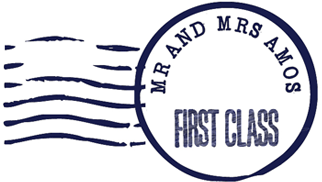
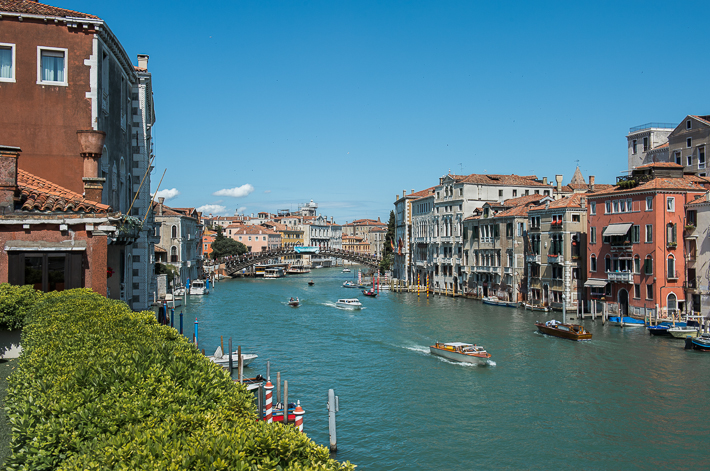
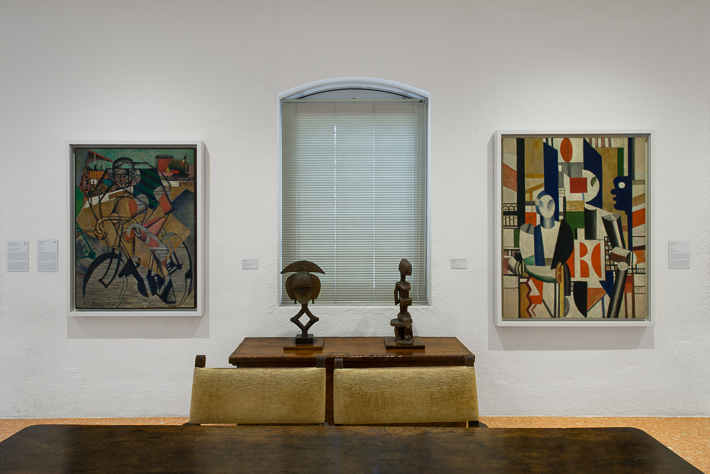
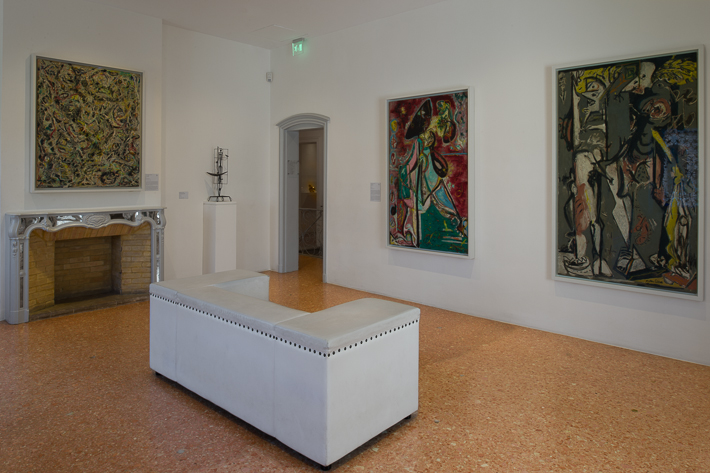
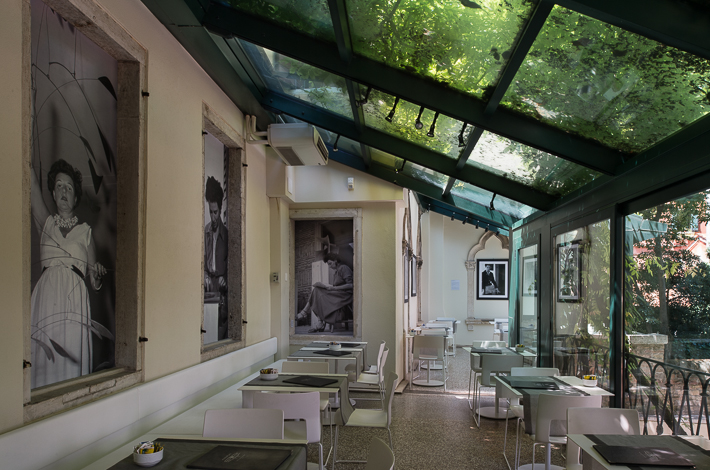


What a totally engrossing, eye opening piece about someone we thought we knew! Brilliantly written too. I dips me lid, Mrs Amos!